ClientEarth Communications
26th October 2022

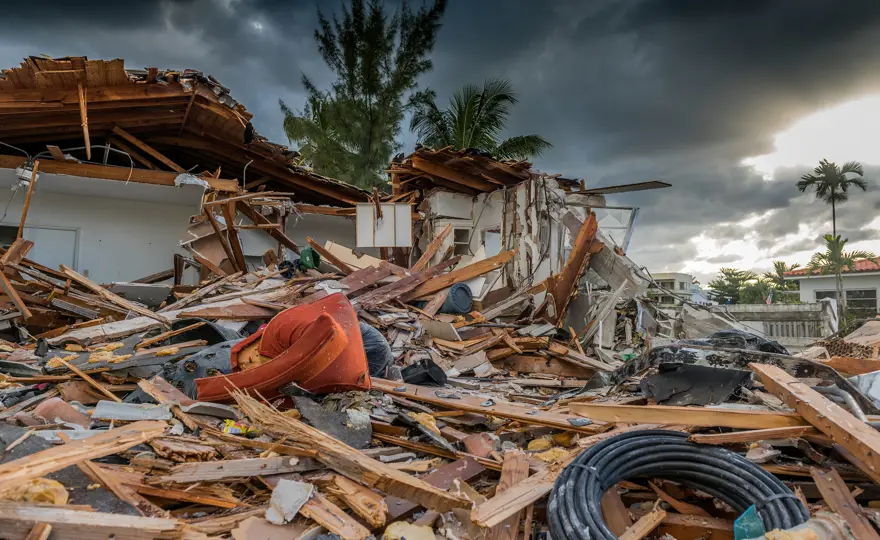
The clear link between climate change and extreme weather events has been thoroughly documented, but the effects are not being felt equally.
Early this year, Carbon Brief published an analysis of more than 350 scientific reports tracking extreme weather events. The report found that 79% of these droughts, floods, hurricanes, tsunamis and heatwaves were either caused or made worse by climate change. Our planet is reacting to its increasing temperatures, and people the world over are feeling the effects.
What can also be seen is that the effects of such extreme weather events are not being felt equally. In their aftermath, devastation is widespread, but there are always certain communities who will have lost, suffered and dealt with more than others as a result. Although the reasons for this unequal spread of suffering are diverse, the most vulnerable groups all too often share certain characteristics. Indigenous communities, for example, are often more immediately reliant on natural resources, and so more likely to feel the adverse effects of a ‘natural disaster’. Likewise, in many parts of the world, financially poorer communities are already dealing with poor housing infrastructure, and so vulnerable to weather damage. Overwhelmingly, extreme weather events exacerbate societal and systemic inequalities that already run deep.
That climate change inequality exists is far from a revelation. But nowhere is it spotlighted more harshly than in the wake of a disaster.
Australian bushfires 2019-2020
At a time when Covid-19 was only just starting to become a part of the global lexicon, rolling news was filled with images of fiercely burning skies, singed koalas and displaced families throughout Australia. Receiving less airtime, however, were the Aboriginal communities disproportionately affected by the devastation the bushfires wrought.
Bhiamie Williamson, a researcher at the Australian National University and Indigenous Euahlayi man, told a royal commission inquiry that the bushfires had affected 96,000 Indigenous people in New South Wales, Victoria, the Australian Capital Territory and Jervis Bay region. He went on to add that indigenous people in these jurisdictions were twice as likely to be impacted as their non-Indigenous counterparts.
“The destruction of landscape features, whether that be plant species, native animals or cultural heritage sites such as scar trees, rock art or stone arrangements, threatens Aboriginal groups as distinct cultural beings attached to the land."
In the same hearing, it was shown that more than one quarter of the Indigenous population of New South Wales and Victoria live in areas affected by the bushfires, compared to only one in ten non-Indigenous people.
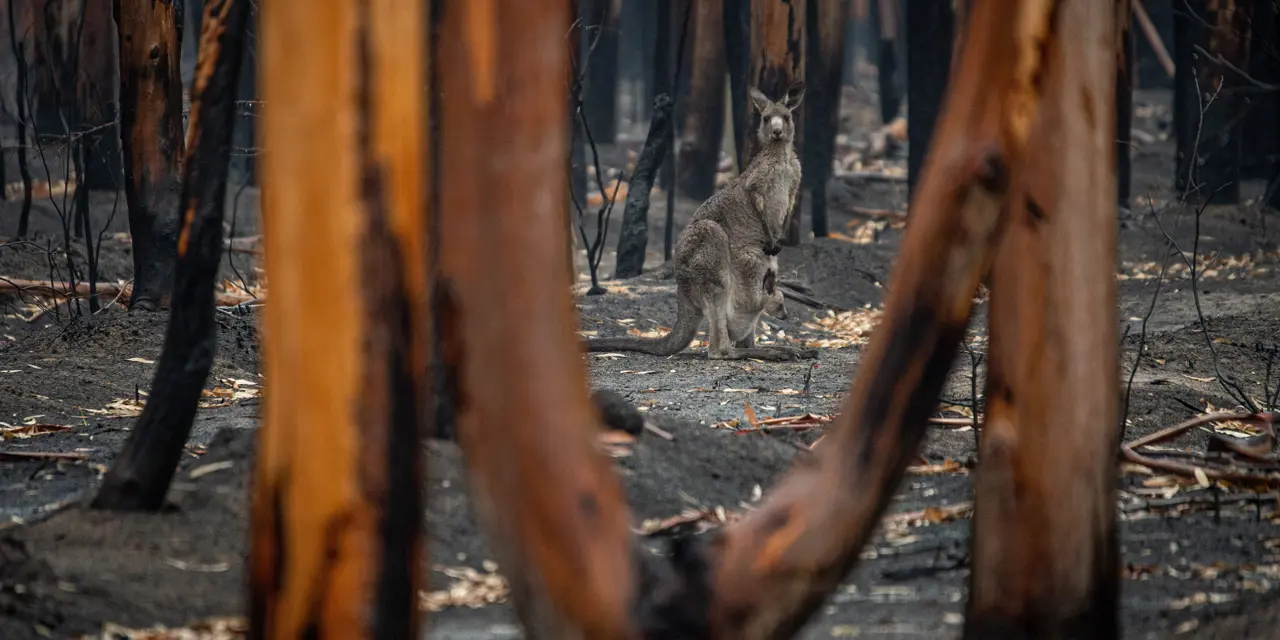
Texas blackout 2021
And while by the start of 2021, the global pandemic was dominating headlines, extreme weather-related suffering continued unabated. When three severe winter storms ravaged the US state of Texas in quick succession, multiple Texan cities suffered resultant power-outages and ‘blackouts’. It was marginalised communities who were first to be hit, owing to pre-existing poor housing infrastructure. In Houston for example, neighbourhoods like Acres Homes, predominantly home to Black and Latinx communities, were among the first to lose their power.
In addition, it was the poorer neighbourhoods suffering most from the brutal drop in temperatures, as freezing pipes and lack of insulation took their toll. It’s also these neighbourhoods and communities that will more greatly suffer the effects of the shutdown of industrial sites caused by the storms – living closer to the sites, they are expected to be exposed to the bursts of pollutants released as sites shut down and restart. Looking ahead, experts are also concerned that rising energy prices due to the surge in demand is set to punish households with lower incomes the most severely, making it harder to recover from the havoc wrought by the storms.
Hurricane Katrina 2005
To see that this is not a new phenomenon, we need only look back to 2005. An equally high-profile extreme weather event, Hurricane Katrina tore through the USA and parts of the Caribbean with an unforgiving force, decimating lives in its wake. Widely reported was the particularly harrowing devastation of New Orleans. While few residents were untouched by this, certain communities suffered in more ways than others.
Numerous post-event analyses have attributed this inequality to pre-existing societal and structural trends. These range from the larger proportion of minority communities in unstable and lower paid employment, making financial recovery from the hurricane’s effects much more difficult, to the immigration status of many Latinx residents, leaving them unable to access vital aid, food and water supplies at the time. Poorer neighbourhoods in this city are largely situated on lower-lying ground, making them more vulnerable, and, in addition, their inhabitants had less access to the resources needed to evacuate the state either before or after the hurricane hit.
This marked inequality in the ability of New Orleans' residents to recover from the hurricane’s destruction persists in 2021. In an article for the Washington Post, Nikesha Elise Williams talks about the inequality seen in Louisiana's ‘Road Home’ programme, which aimed to help families rebuild their lives after Katrina. The programme distributed money based on the value of properties pre-hurricane, or the cost of their repairs, meaning that many families from lower-income, majority-Black communities, received significantly less solely due to where their homes were located. For example, according to urban policy non-profit Planners Network, an identical three-bed, two-bath home that was flooded with six feet of water was given $90,000 in a Black neighbourhood, but $150,000 in a White neighbourhood.
In 2008, five of the city’s homeowners filed a class-action lawsuit against the state’s Department of Housing and Urban Development, and the Louisiana Recovery Authority, claiming that the Road Home programme had been discriminating in its allocation of money. In 2012, the government settled and paid $62 million to 1,300 of the state’s homeowners.
Torres Strait climate impacts
Climate change has brought years of sea level rise and more extreme weather to the Torres Strait – the location of a collection of low-lying islands situated off the north-eastern tip of Australia and south of Papua New Guinea. With climate change affecting their homes, livelihoods and sites of cultural importance, a group of Indigenous Torres Strait / Zenadh Kes people took matters into their own hands, bringing a human rights claim against their government in 2019 for its inaction on climate change.
The claim states that, while it is the government which is failing to take necessary action to reduce the country’s emissions, it is the people who call the Torres Strait home who are feeling the devastating effects of rising seas, extreme weather, coastal erosion, damaged marine ecosystems and flooding:
“Rising seas caused by man-made climate change are threatening homes, swamping burial grounds and washing away sacred cultural sites,” stated Kabay Tamu, a Torres Strait Islander Person, speaking as part of a panel discussion at the Peoples’ Summit on Climate, Rights and Human Survival in 2019. “As we watch the steady erosion of our coastlines, we witness communities being inundated, infrastructure damaged, sea walls and flood defences breached, fresh water wells contaminated and plants and crops spoiled.”
The Torres Strait Islander People’s quest for justice is ongoing. Despite promising AUD $25 million for the islands to improve things like emergency coastal defenses, the Australian government has since dismissed the Islander People’s claim and denied responsibility for their suffering.
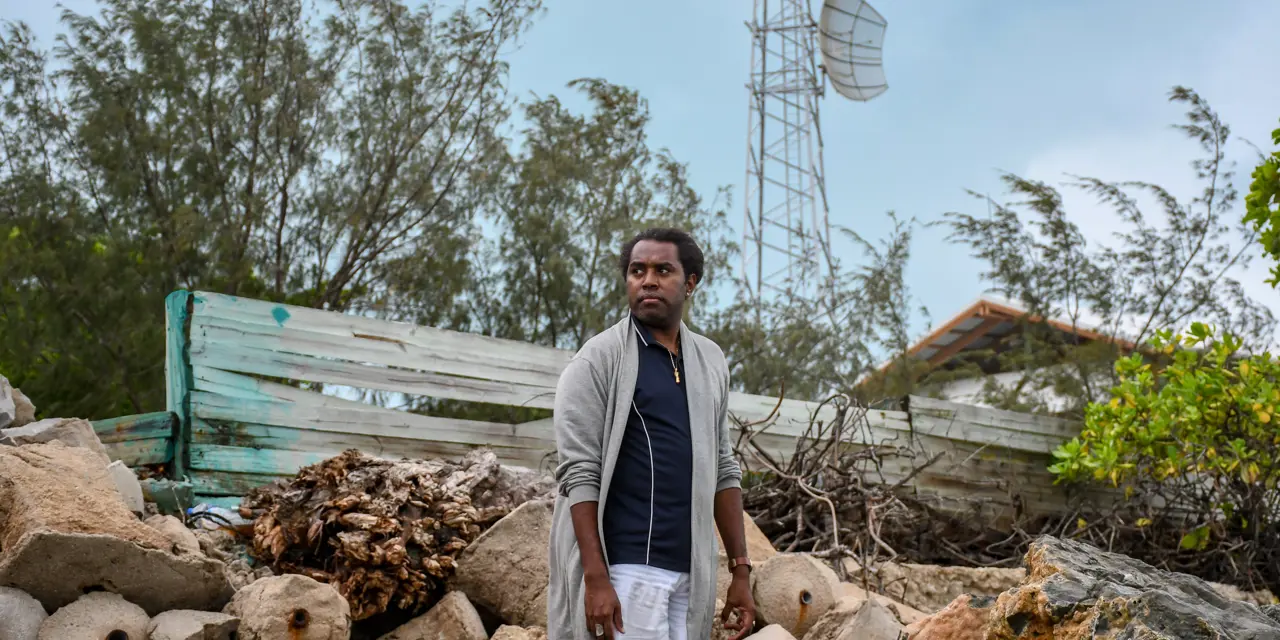
California drought 2011-2017
Failures in disaster response, as well as prevention, are often causes of unequal impact. From December 2011 to March 2017, the US state of California was in the grip of a severe drought. As a consequence, the California Environmental Protection Agency (CalEPA) implemented emergency water cutbacks, with community allowances ranging from between 70%-430% of the national average water consumption. Communities with a higher proportion of Latinx residents have since been estimated to have received lower water allowances, making the drought more severe and harder to recover from.
Why? The tier system implemented by CalEPA aimed to make it so that neighbourhoods using the lowest amount of baseline water already, would have less severe restrictions. However, the distribution of water between neighbourhoods was so unequal at the start, that the poorer neighbourhoods were hit by the restrictions disproportionately hard.
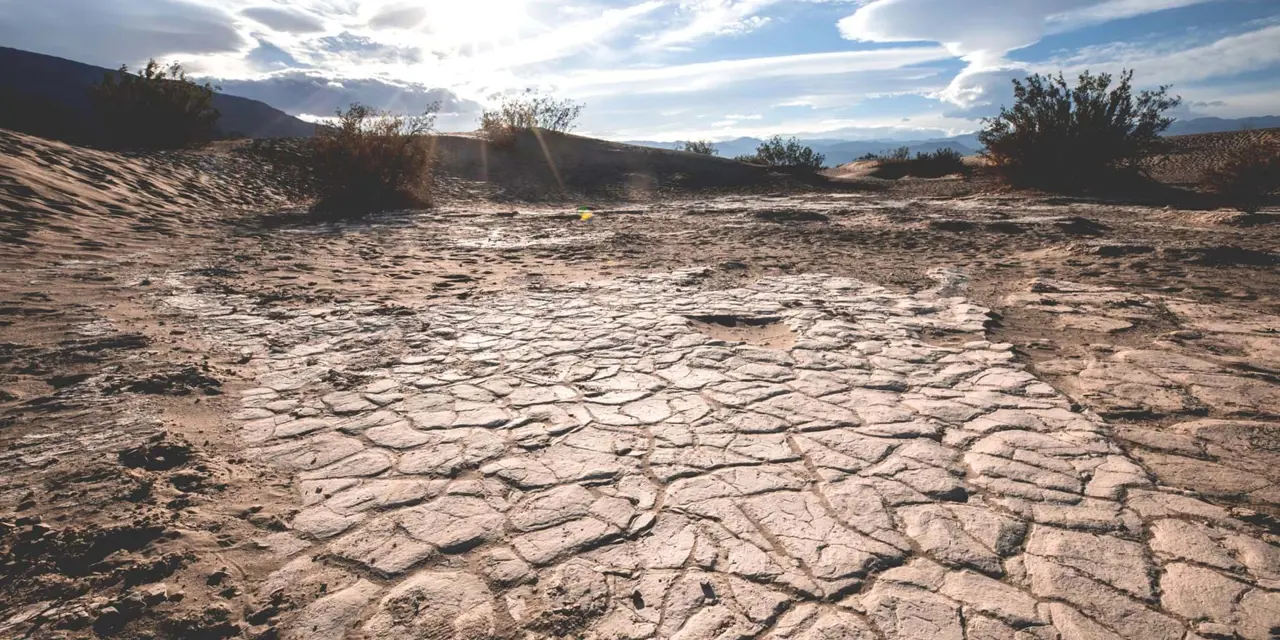
Bududa, Uganda landslides 2019
Where governments fail, citizens suffer the consequences. In December 2019, severe landslides caused by increased rainfall in Uganda’s Bududa region caused more than 30 confirmed deaths, and many others were reported missing. The Ugandan government has long been aware of the region’s high risk of landslides – 400 having occurred between 2008 and 2018. So in 2010, it created a resettlement plan for at-risk communities.
However, more than 10 years on, only a limited number have successfully been resettled. Without the resources to relocate themselves, vulnerable communities have been left at risk of continued landslide devastation. In response to this, last year, 48 people impacted by the 2019 landslide took their case to the high court at Mbale. They alleged that by failing to act on the known risk of landslides, the government had violated their rights to life, property and a clean and healthy environment.
Ostrava, Czech Republic flooding 1997
Examples of inequality in the effects of extreme weather are also not hard to find in less recent decades. According to a briefing by Minority Rights Group International, a severe flood suffered by the Czech city of Ostrava in 1997 saw a marked difference in the treatment of Roma communities by authorities in the flood’s aftermath. Where evacuated non-Roma families were provided with apartments outside the flood-affected Hrušov district, Roma families were sent to makeshift, uninhabitable cabins, or indeed back to flooded homes.
Despite the Main Office of the Architect of the City of Ostrava having declared some parts of the Hrušov district unfit for habitation, a decade after the flood took place, roughly 65 Roma families were still living in these condemned areas.
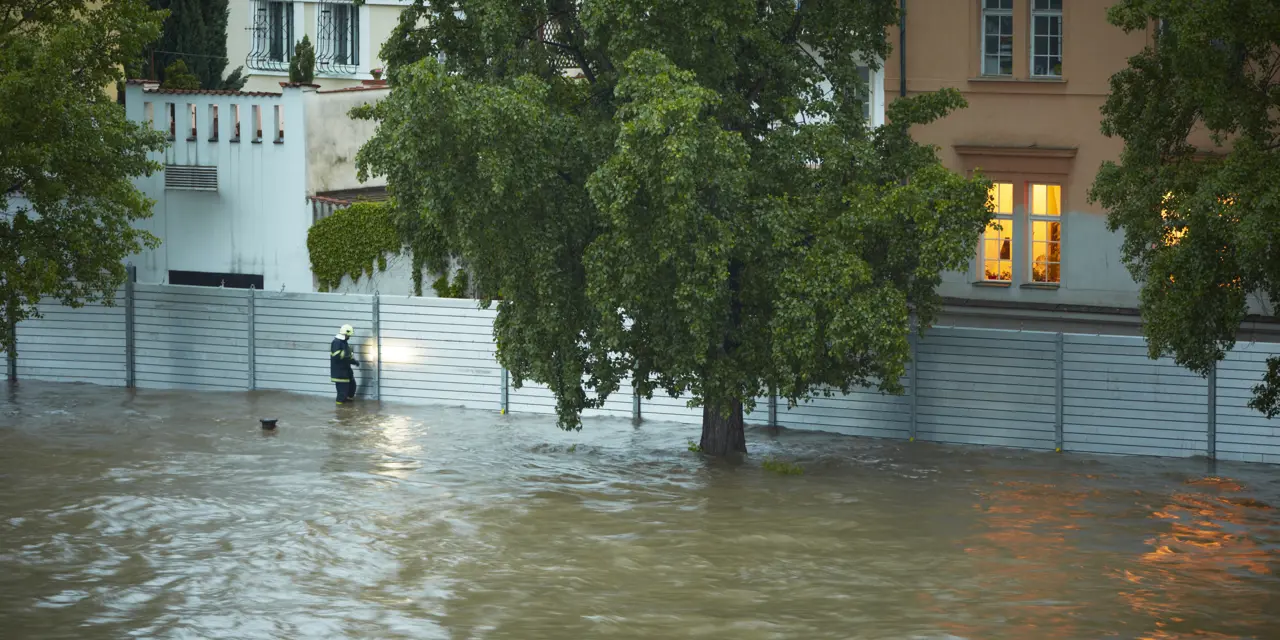
Looking ahead
And the unequal effects of climate-induced extreme weather seem set to continue.
As news stories about melting icebergs become more and more frequent, in the Arctic, where the atmosphere is warming twice as fast as the rest of the world, around 400,000 indigenous people are dealing with the consequences. Many of these are the Sami people of Sweden, Norway, Finland and Russia, for whom reindeer herding is a traditional way of life. Increased rainfall and higher temperatures are making it harder for reindeer to reach the lichen they eat, as well as forcing the Sami people to search for new reindeer herding tracks, as the ones they have used for decades are thinning and becoming unsafe. This state of affairs is only set to get worse, as more and more of the ice melts away.
More frequent heatwaves are also on the horizon for many, and new data compiled by the Union of Concerned Scientists (UCS) found that in the US, minority communities will bear the brunt. By 2050, if no action is taken to reduce emissions, areas of the US where more than a quarter of the residents are Black will have to deal with 72 days a year where temperatures are 100F+, as opposed to 36 days in areas with fewer Black residents. It’s a similar story for Latinx communities.
In 2020, the nation that suffered most from the effects of extreme weather was India, having lost 2,067 lives due to flooding and a cyclone – the highest loss of lives due to climate-triggered events in any country. With the flooding largely being attributed to bad infrastructure and irresponsible water management, it’s easy to see the pattern continuing – communities already struggling against adverse living conditions and governmental negligence are set to pay the greatest price.